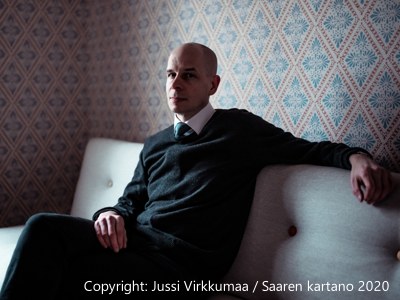Publisher: Ms.
Duration: ca. 5′- ca. 14′
FP: April 26, 1998, Dresden (Sibylle Wolf),
FP: (revised version) March 15, 1999, Helsinki (Benjamin Schweitzer)
Further performances:
May 6, 1998, Dresden
Oct 22, 2002, Berlin
Oct 24, 2002, Berlin
Feb 23, 2003, Basel (Swiss premiere, C.R. Hirschfeld)
April 4, 2003, Stein am Rhein
June 3, 2003, Berlin
June 14, 2003, Dresden
Sept 25, 2003, Heilbronn
Sept 8, 2009, Schönberg/Meckl.
May 8, 2011, Edenkoben
Radio broadcasts:
a.o. BR 18.2.2002, Radio DRS 27.2.2002, MDR 3.4.03
Introduction:
A palimpsest originates when remains of earlier texts, e.g. in a parchment that has been painted over or a damaged medieval manuscript, show through more recent layers.
The piece consists of a two-page original score with five variations, in which additional layers have been placed over this text or parts of it have been eliminated. In this way, the impression of an “acoustic palimpsest” emerges, especially because of the free order of the sections: there is no hierarchy between the original text and its variants.
Each of the six parts is subdivided into eleven patterns. The numbers of parameters that are being varied increases with the development of the piece: in the beginning, only dynamics are affected, in the last variant, the changes are extended to all musical parameters including rhythm and pitch structures. Minimum and maximum numbers of patterns that need to be played are indicated for each part. According to this, the altogether duration may vary between 5 and 15 minutes. Furthermore, the performer is given opportunity to ‘jump’ out of one field into another. Parts can be played in instantaneous order forwards or backwards. Opening and conclusion can be chosen freely: e.g. numbers 2,3,4,5,6,1 or 4,3,2,1,6,5. The order may be arranged in advance while all other decisions are to be made spontaneously in the course of performing.
Palimpsest combines aleatoric form with not too complicated technical and rhythmical demands. Hence, this work might be also recommended for pianists with the aim of practicing the necessary reading tempo and spontaneity for this kind of compositional technique without being manually too demanding.
